The 40 Most Important Restaurants of the Decade
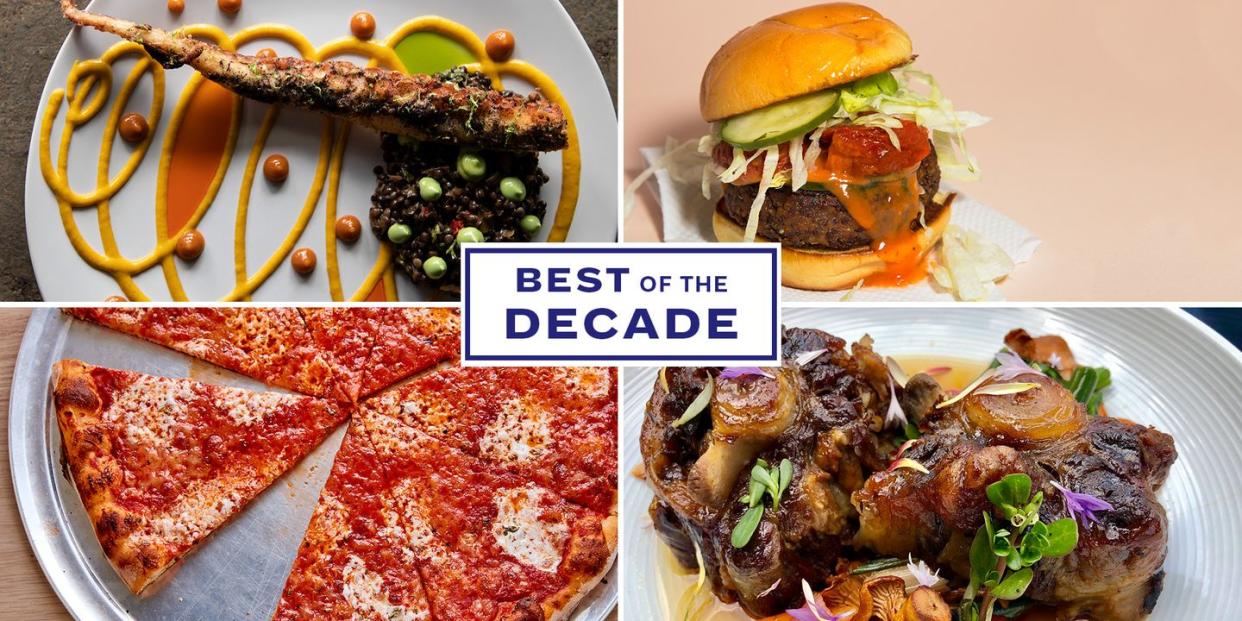
Some people like to argue that decades are nothing more than arbitrary demarcations of time. But if I were to ask you to free-associate, and if I were to say the Fifties, the Sixties, the Seventies, the Eighties, the Nineties, et cetera, certain songs and movie scenes and sartorial flourishes would arise in your mind for each one.
No one would confuse the 1950s with the 1970s, except maybe in the case of Happy Days. No one would confuse the 1970s with the 1990s, except maybe in the case of the Weezer video for “Buddy Holly” in which the band members were inserted into a scene from Happy Days. Decades have signature styles and moments. Some great hand of American culture does seem to hit reset every ten years.
So what will we someday see as the emblematic flourishes of the past 10 years, when we think about going out to eat? “What the hell WAS the past decade in restaurants all about?” my friend Pete Wells, the restaurant critic of The New York Times, tweeted earlier this month, apparently ricocheting off an earlier tweet of my own. (After all, eating out over the past decade has come down to talking about eating out, whether on Twitter or Instagram or Foursquare or Yelp.) Here is what I tweeted back off the top of my head:
new voices. @nomacph. natural wine. fast casual. long-overdue rise of African American chefs. reckoning & realignment. redefining "luxury." vegetables. hummus. tacos. uni. things in bowls. Instagram. golden age of pasta. "Chef's Table." fusion (but don't call it fusion).
I have been covering the world of food for most of this decade, but even I’m hard-pressed, upon first glance, to figure out what that banchan spread of words adds up to. Nevertheless, it’s pretty obvious that the past decade brought about the fulfillment of a revolution that got started in the decade that preceded it.
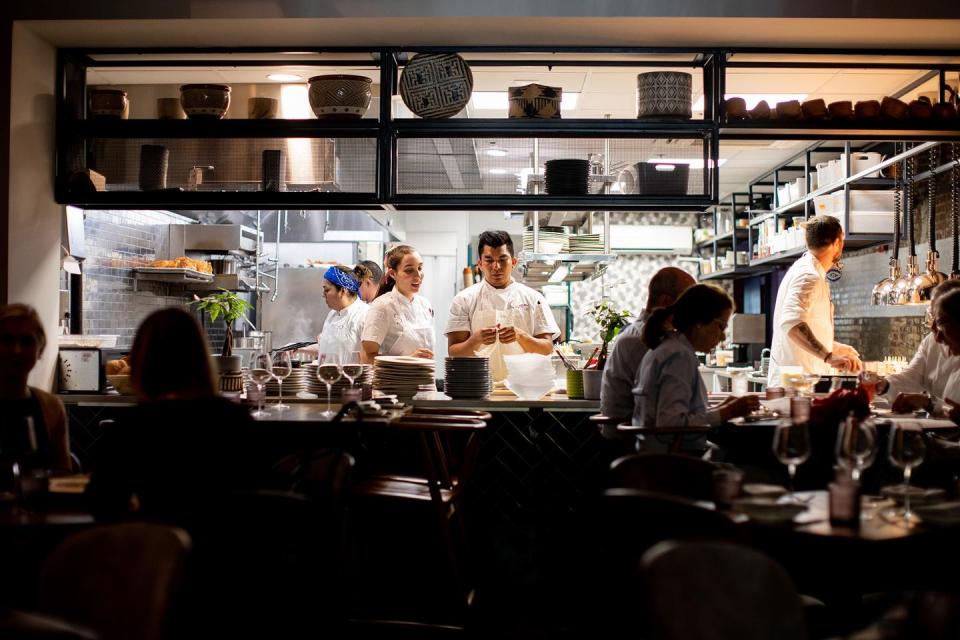
In the first 10 years of the 21st century, American chefs began to unravel the Eurocentric white-tablecloth formalities that had dominated fine dining for much of the 20th. David Chang started out with a noodle shop in Manhattan’s East Village in 2004. In the Brooklyn neighborhood of Bushwick, a ramshackle pizza joint called Roberta’s opened in 2008 and pulsed with the energy of a new movement. Out in Los Angeles, Roy Choi changed the game with a taco truck.
In this decade, the idea that eating out didn’t have to be fancy gathered steam and gradually became the dominant way of doing things. The castle came down. We lost some of the writers and thinkers who had helped charge the gates (Anthony Bourdain, Jonathan Gold, Esquire’s own Joshua Ozersky), but their vision of a more democratic and more inclusive approach finally really took root. Political currents amplified those changes. As the Obama administration gave way to the Trump administration, and as the climate crisis intensified, and as movements such as #BlackLivesMatter and #MeToo gained momentum, the old way of doing things seemed even more out of touch than usual.
Going vegan and drinking natural wine became, more than ever, expressions of belief—purpose, even. People want to eat and drink not only what’s better for their bodies but what appears to be better for the planet. (Even established restaurants have by now made room on their wine lists for the natural gang. Even steakhouses offer menu options for vegans.) Only a clueless reactionary would fail to notice the passion and urgency of restaurants run by women, immigrants, LGBTQ people, and people of color—restaurants like Nyum Bai in Oakland and Seven Reasons in Washington, D.C. and JuneBaby in Seattle and Via Carota in New York. In a time of divisive rhetoric, their stories—and recipes—provided an invaluable counterpoint. Cooking served as both a commentary on the times and a refuge from the tumult, just as music had in the Sixties.
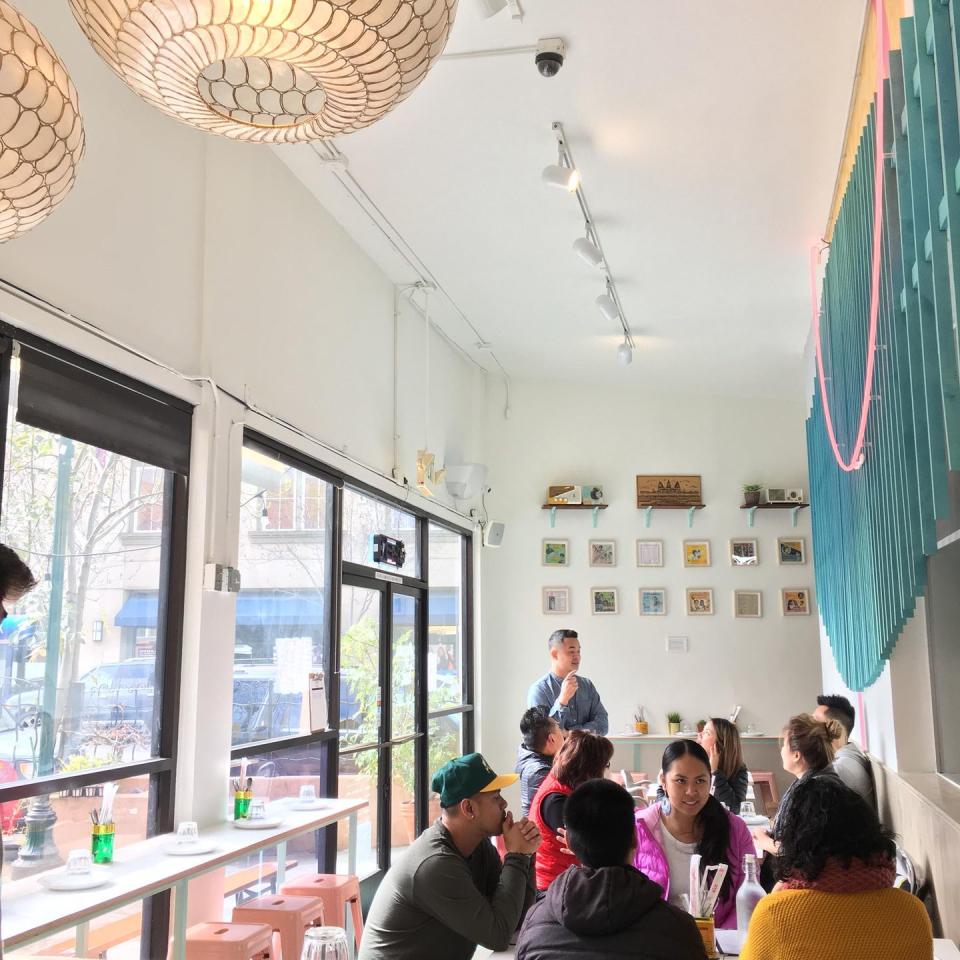
Sure, we’ve seen plenty of restaurants (many terrific) that have paid homage to the over-fetishized Mad Men era as well as to older French traditions—Le Coucou and Frenchette in New York, Pasjoli in Los Angeles, Petit Crenn and Bar Crenn in San Francisco, the rebooted Grand Café in Minneapolis. But I’d argue that those are restaurants (á la Happy Days) that exist as a commentary on a previous time, as opposed to the time they happen to occupy. (Or, as in the case of the Pastis resurrection in Manhattan’s Meatpacking District, they’re like the Weezer video, layering one smear of nostalgia on top of another. Let’s rename it the Metapacking District.)
Are the restaurants we list below (after a few days of wrangling between me and my colleagues Sarah Rense and Kevin Sintumuang) the “best” restaurants of this maddeningly nameless decade? Some are. But that’s not our point. Our point is that when people look back on this arbitrary demarcation of years, these will be the restaurants that bring time-specific memories flooding back.
You have your own favorites, we’re sure, and we want to hear about them.
Atomix
New York
2018-present
Korean food elevated to a tasting menu format that leaves you feeling exhilarated, as if you've just tasted the future.
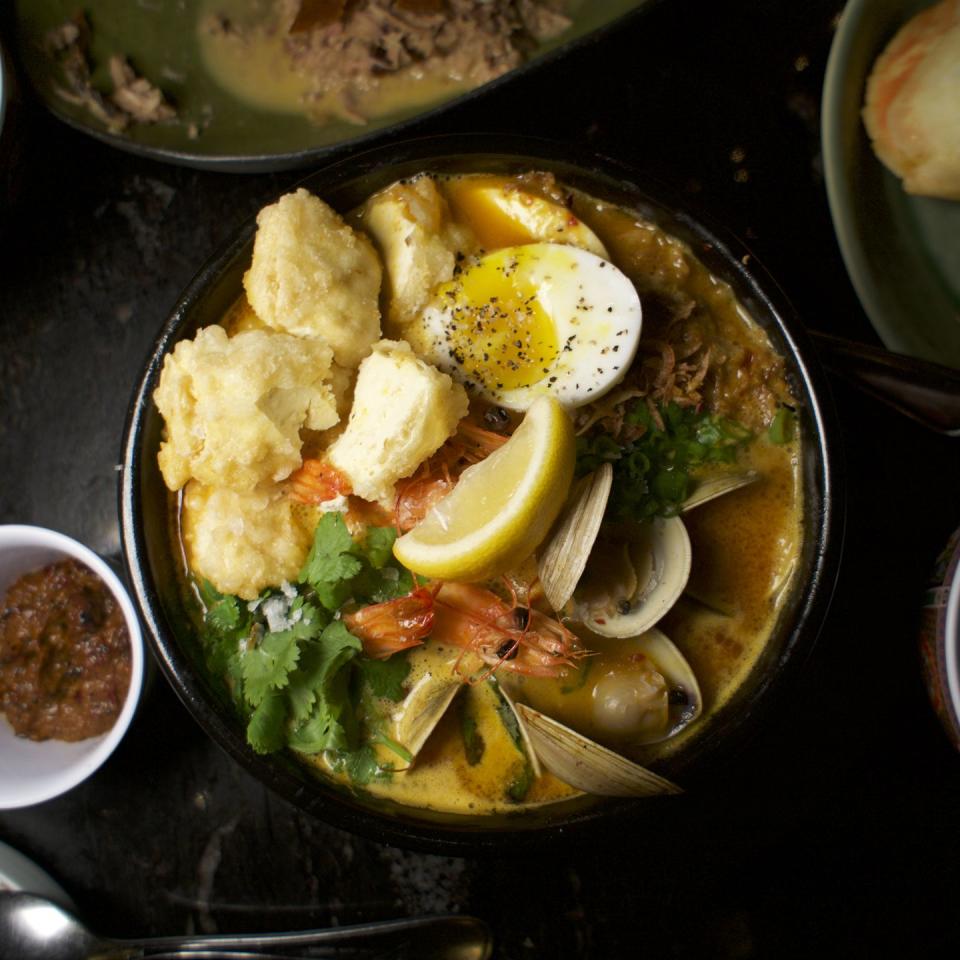
Bad Saint
Washington D.C.
2015-present
The tiny, 24-seat restaurant with neighborhood vibes helped bring Filipino cuisine way beyond the staples you know.
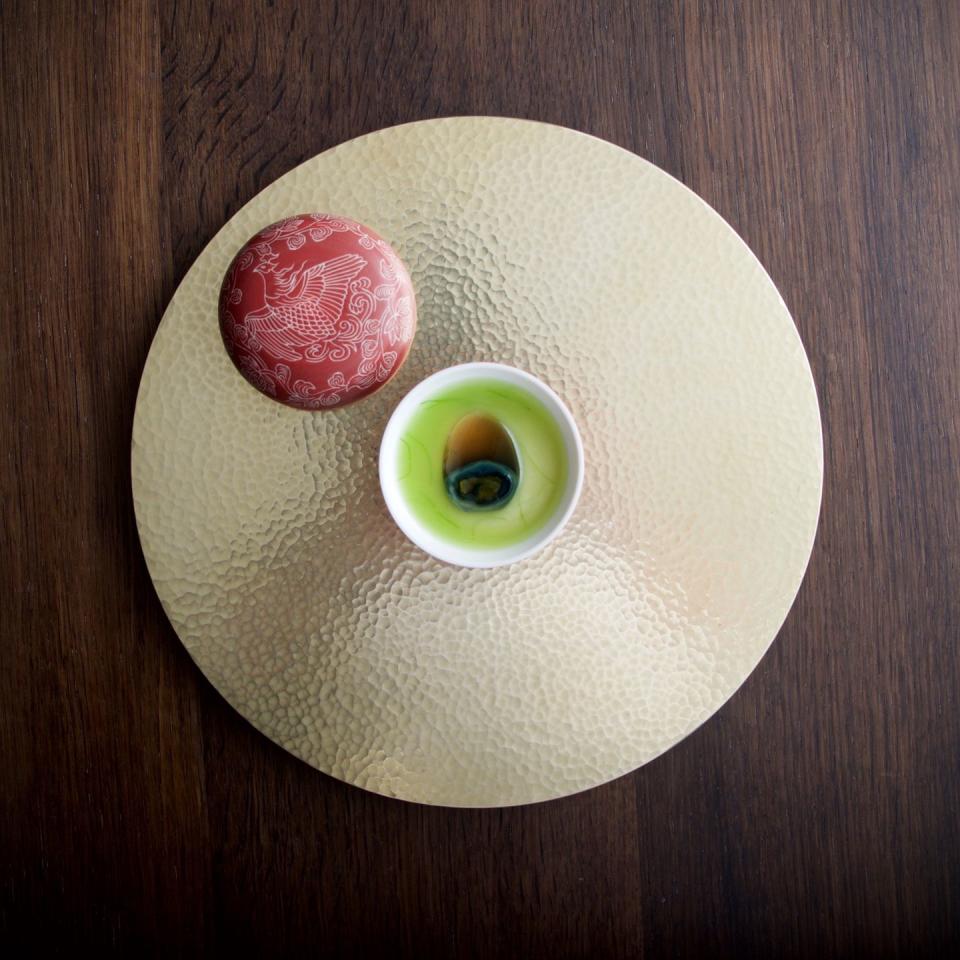
Benu
San Francisco
2010-present
A tasting menu is never boring if Corey Lee is at the helm. During a decade when careful technique sometimes seemed to be getting tossed out the window, Lee located the perfect balance between passion and precision.
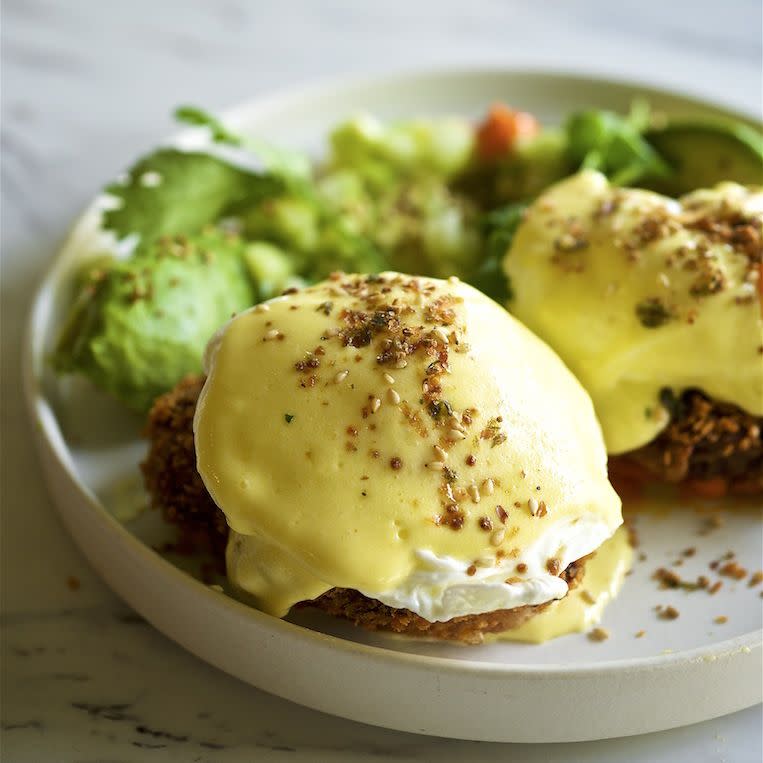
Canard
Portland, Oregon
2018-present
You can get oysters and a burger for breakfast, you can get foie gras dumplings and fried chicken wings for dinner. It’s your decade, so do what you want.

Catbird Seat
Nashville
2011-present
Several chefs have been at the helm of this restaurant with 22 seats at a U-shaped counter facing the kitchen, but the concept has remained the same: a fun, innovative, surprising tasting menu experience.
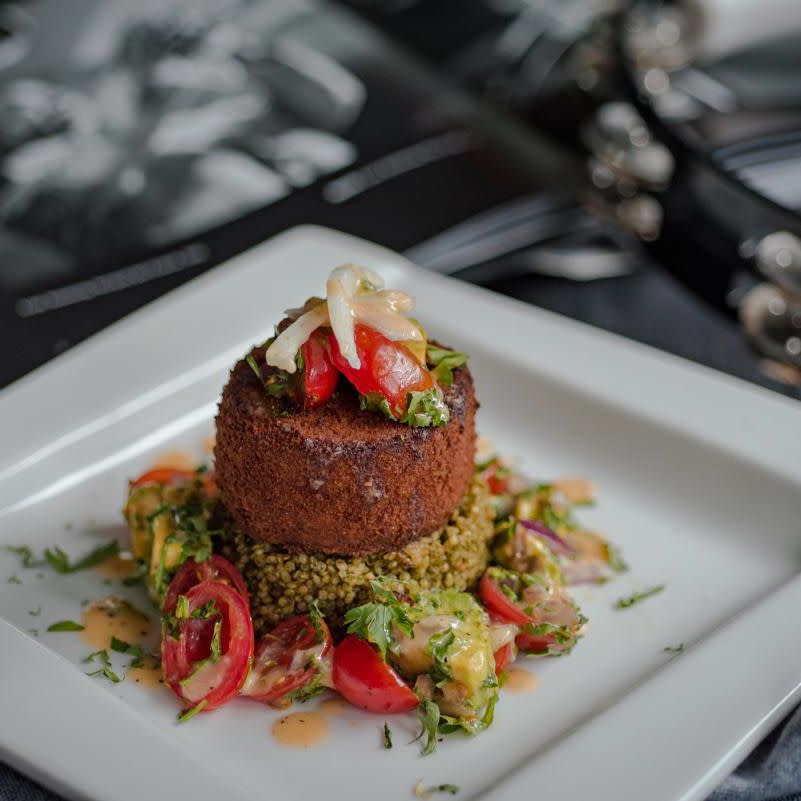
The Cecil
New York
2013-2017
Harlem Renaissance redux: In a way, the widespread and long-overdue ascent of African American chefs during this decade can be traced back to a single spot in Harlem, The Cecil, where Alexander Smalls and JJ Johnson pioneered such a fresh approach to cooking and hospitality that Esquire's Joshua Ozersky named it the #1 Best New Restaurant of 2014.
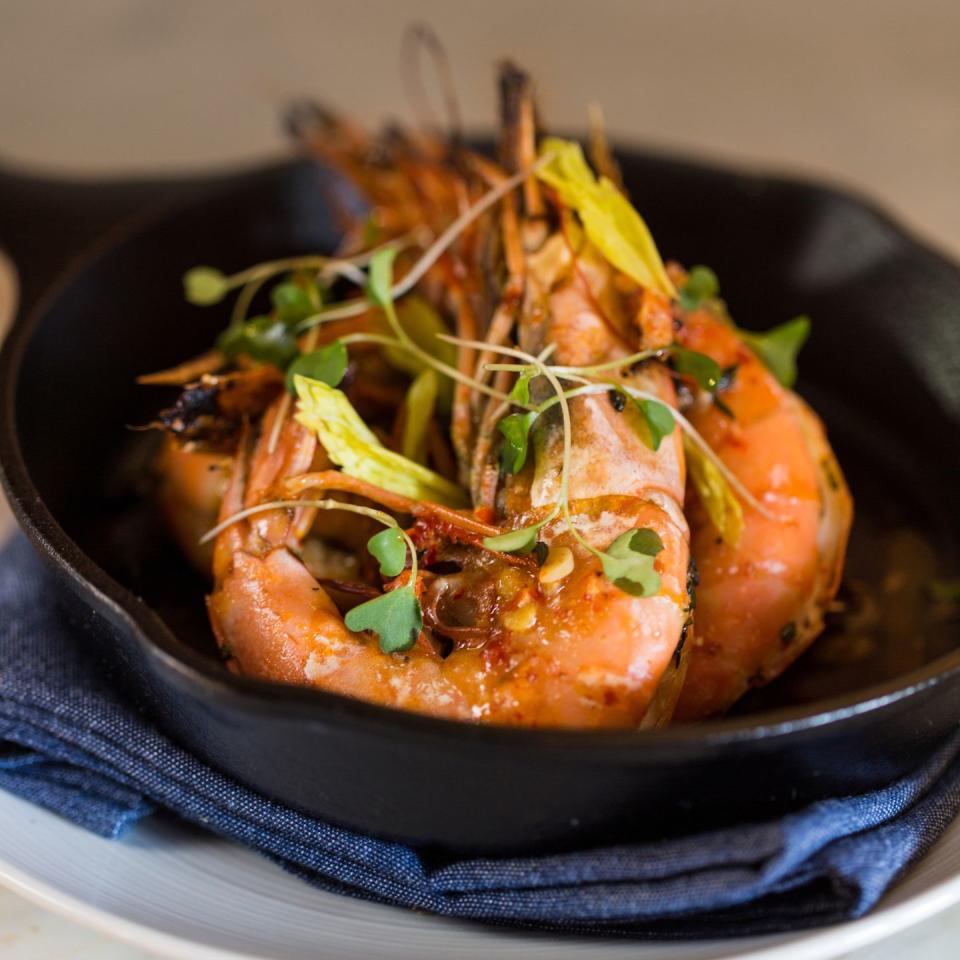
Compère Lapin
New Orleans
2015-present
Conch croquettes and cow heel soup, curried goat and collard greens with coconut cream—chef Nina Compton’s Caribbean-leaning menu breaks with Big Easy tradition and reinvigorates it at the same time.
Cosme
New York
2014-present
As soon as Mexico City's Enrique Olvera planted a flag in the Flatiron District, New Yorkers poured through the front door, hungry for duck carnitas, tostadas with uni and bone marrow, and the indisputable dessert of the decade — corn-husk meringue with corn mousse.
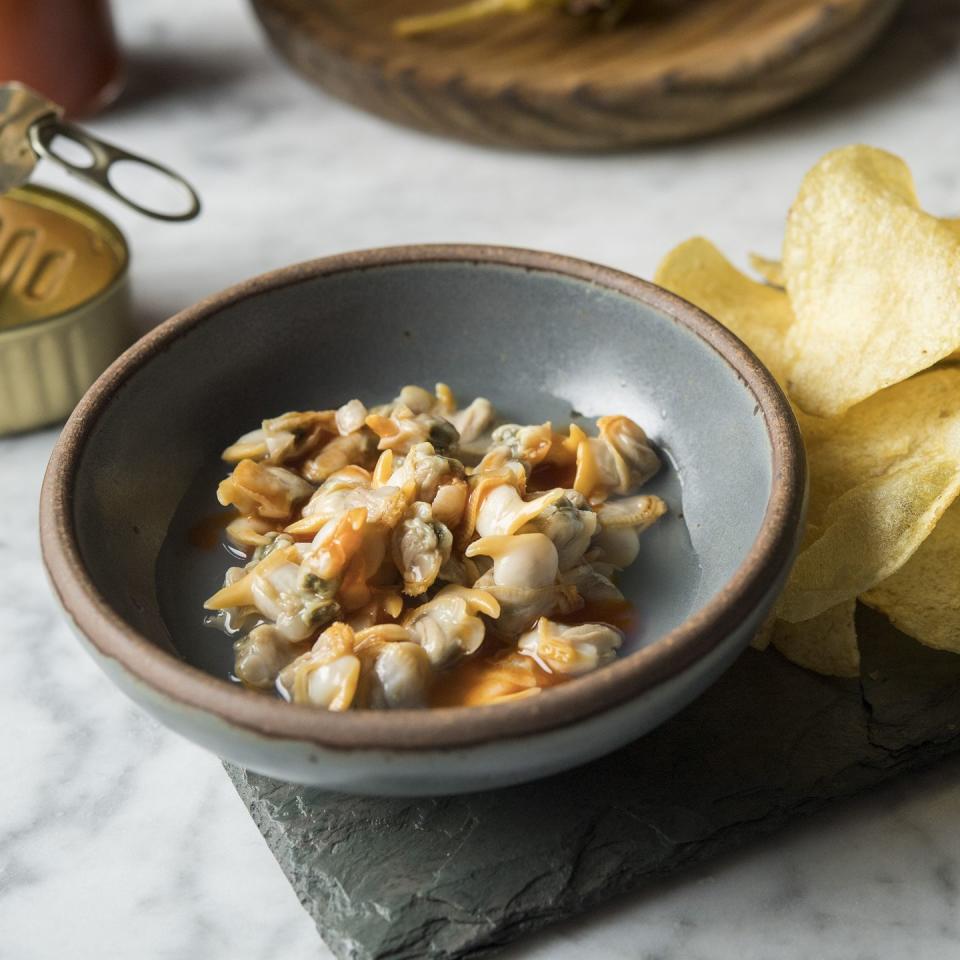
Cúrate
Asheville, North Carolina
2011-present
Katie Button’s state-of-the-art tapas hub is extra evidence that, in this decade, the big cities no longer had a monopoly on great cooking.
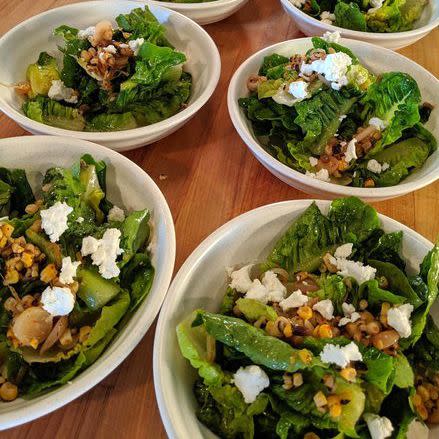
Cure
Pittsburgh
2011-2019
The neighborhood charcuterie shed that helped transform a city.
Elizabeth
Chicago
2012-present
The Michelin-starred flagship of chef Iliana Regan's funky, foraged, magic-realist vision of the Midwest.
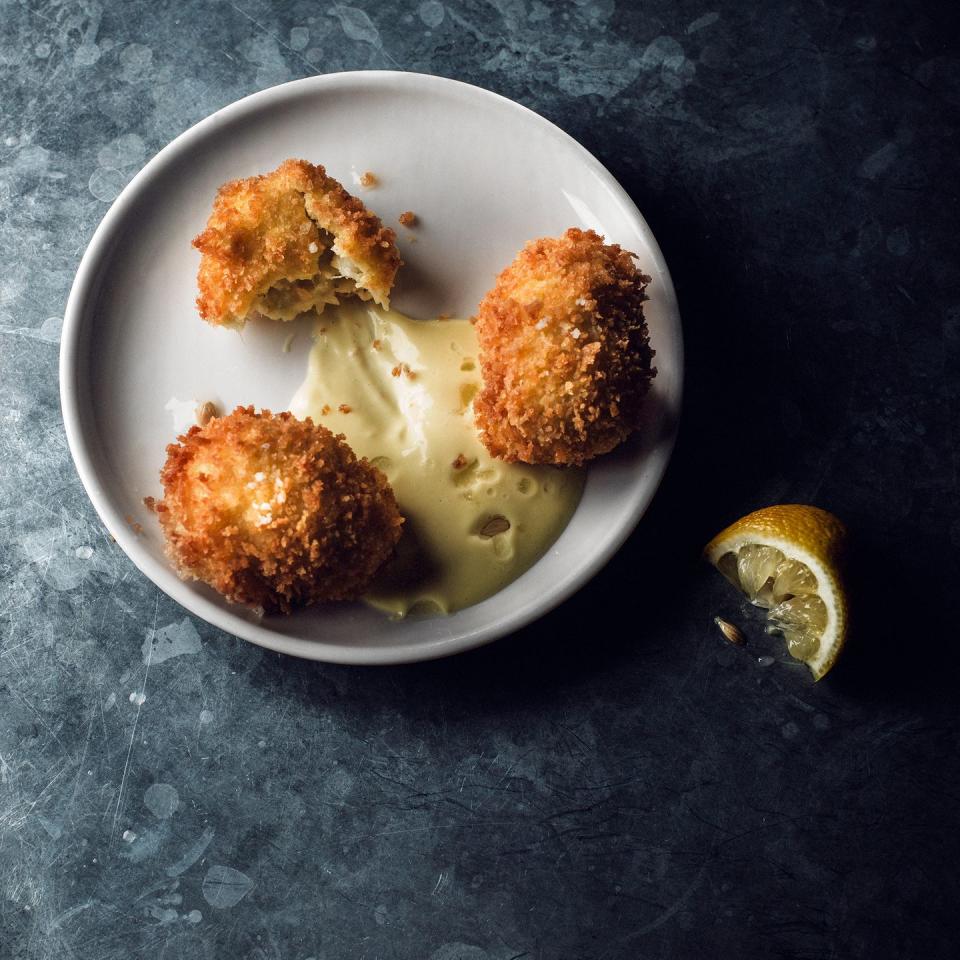
Estela
New York
2013-present
It looks like nothing from the outside—a black second-floor awning over Houston Street—but inside you find natural wines, head-spinning flavors hiding in plain sight (thanks to chef Ignacio Mattos), and (on one now-legendary evening) Barack and Michelle Obama.
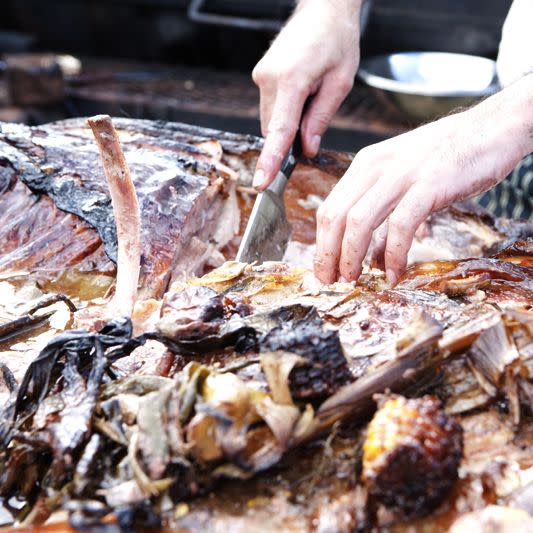
Fish & Game
Hudson, New York
2013-present
The spot that kickstarted a new wave of cooking in the Hudson Valley and the Catskills.

Gjusta
Venice, California
2014-present
Smoked fish, fresh bread, warm pastries—everything you’d want in your dream picnic basket on the beach.
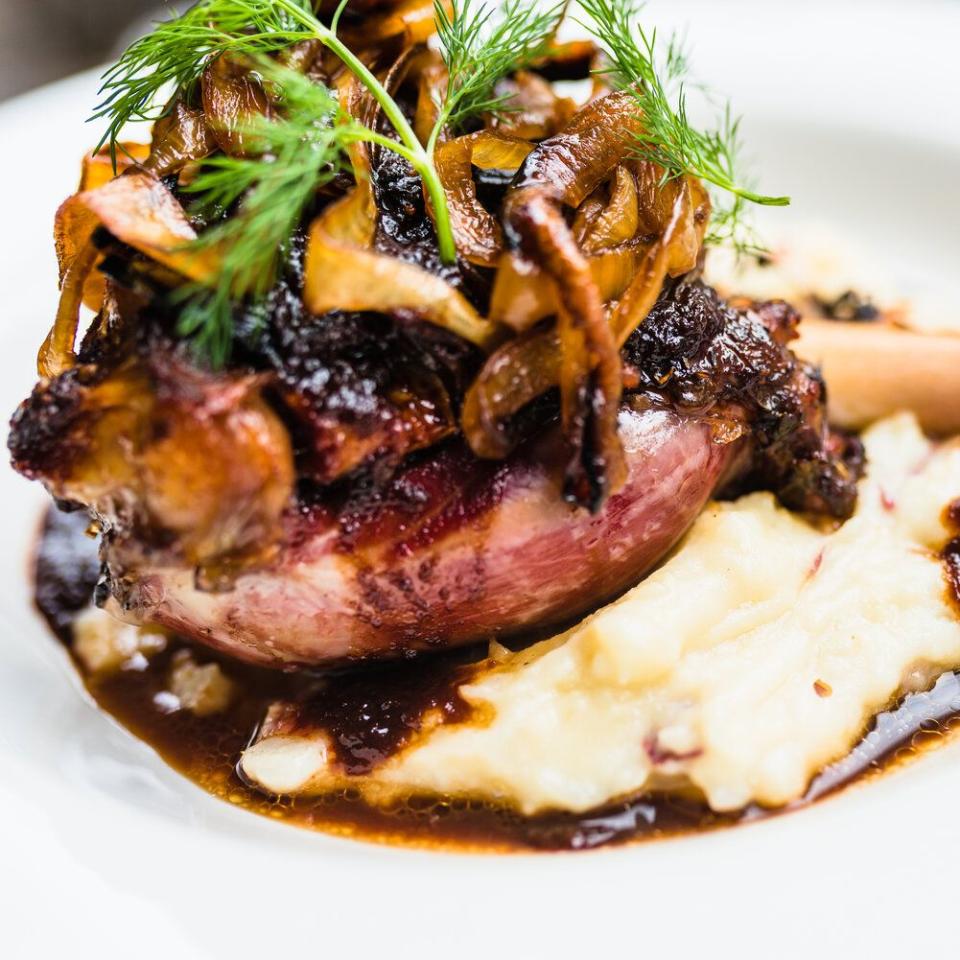
Greenhouse Tavern
Cleveland
2010-present
Within its warm, woodsy interior, Greenhouse Tavern serves indulgent dishes like pigs head and fried brussels sprouts, all sourced from local Ohio farms. The promise of a green eating experience is mundane nowadays, but it sure wasn’t back when the Tavern opened.
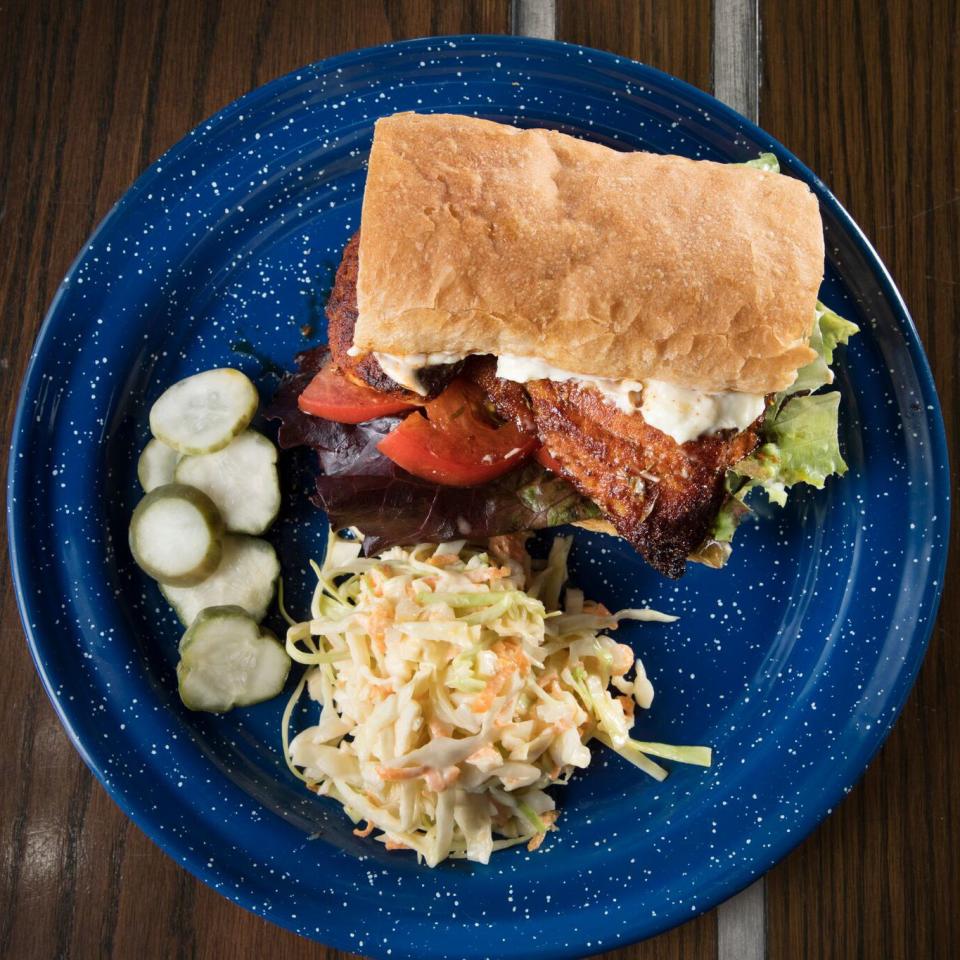
The Grey
Savannah, Georgia
2014-present
The symbolism is undeniable—Mashama Bailey and Johno Morisano’s restaurant rose out of the remains of a formerly segregated bus station on Martin Luther King Jr. Boulevard—but what makes The Grey a destination is the open-hearted generosity of Chef Bailey’s cooking.
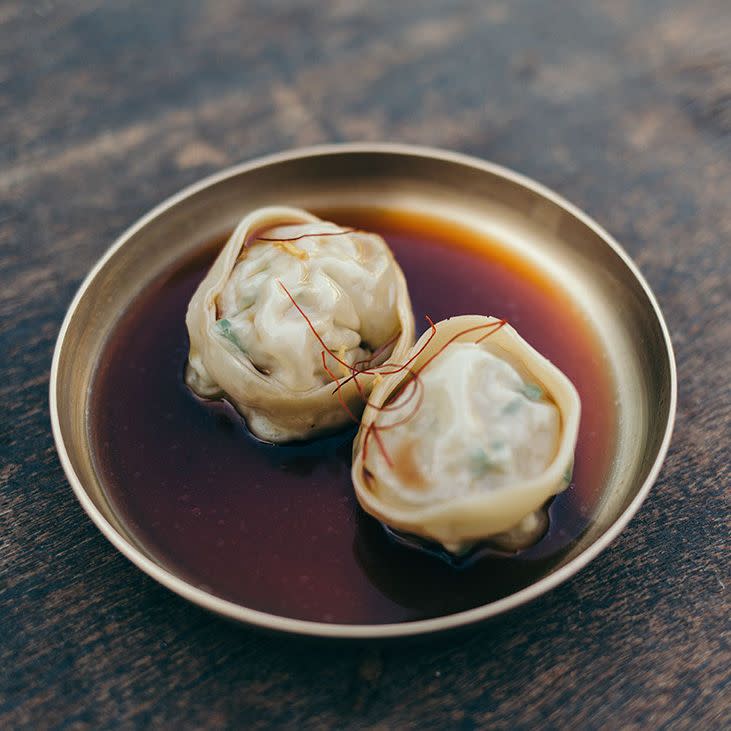
Han Oak
Portland, Oregon
2016-present
You feel like you’re eating family-style Korean food in chef Peter Cho’s backyard, because you are. That’s his mom in the kitchen making dumplings.
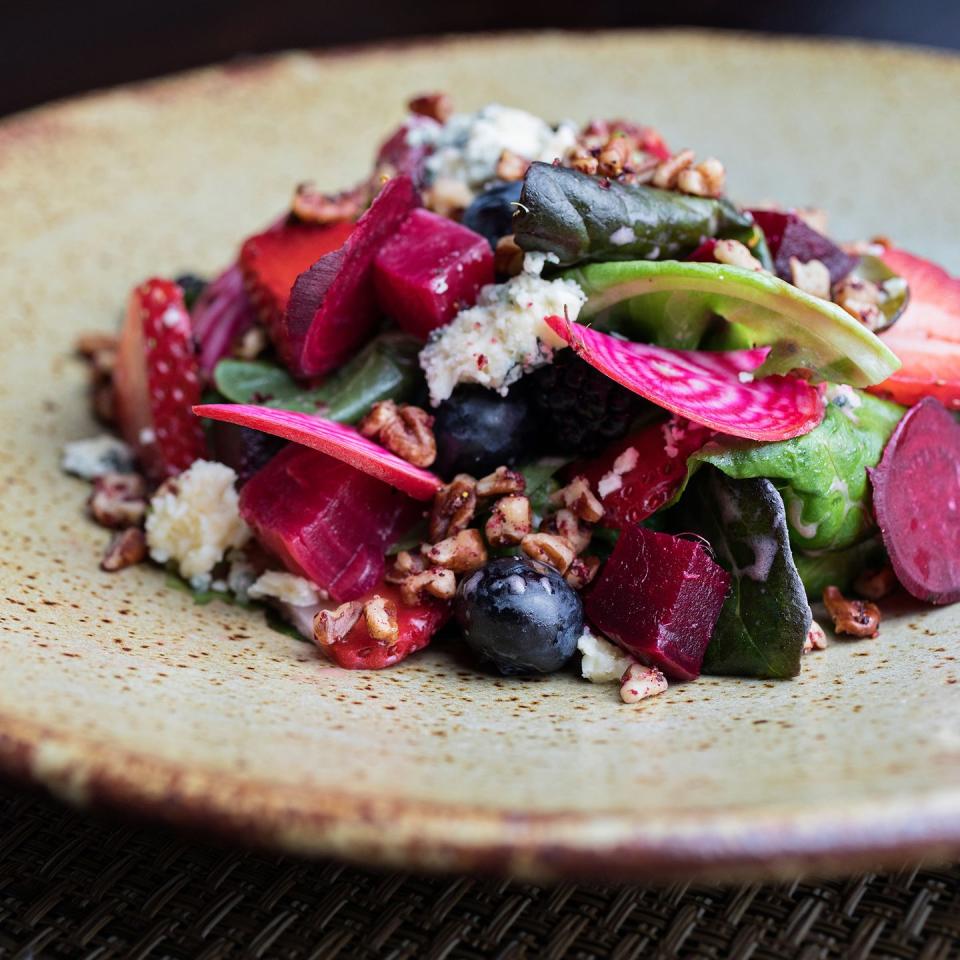
Husk
Charleston, South Carolina
2010-present
Spiced pecans and pimento cheese, country ham and cornbread—with the first Husk, Sean Brock single-handedly supercharged Southern cuisine.
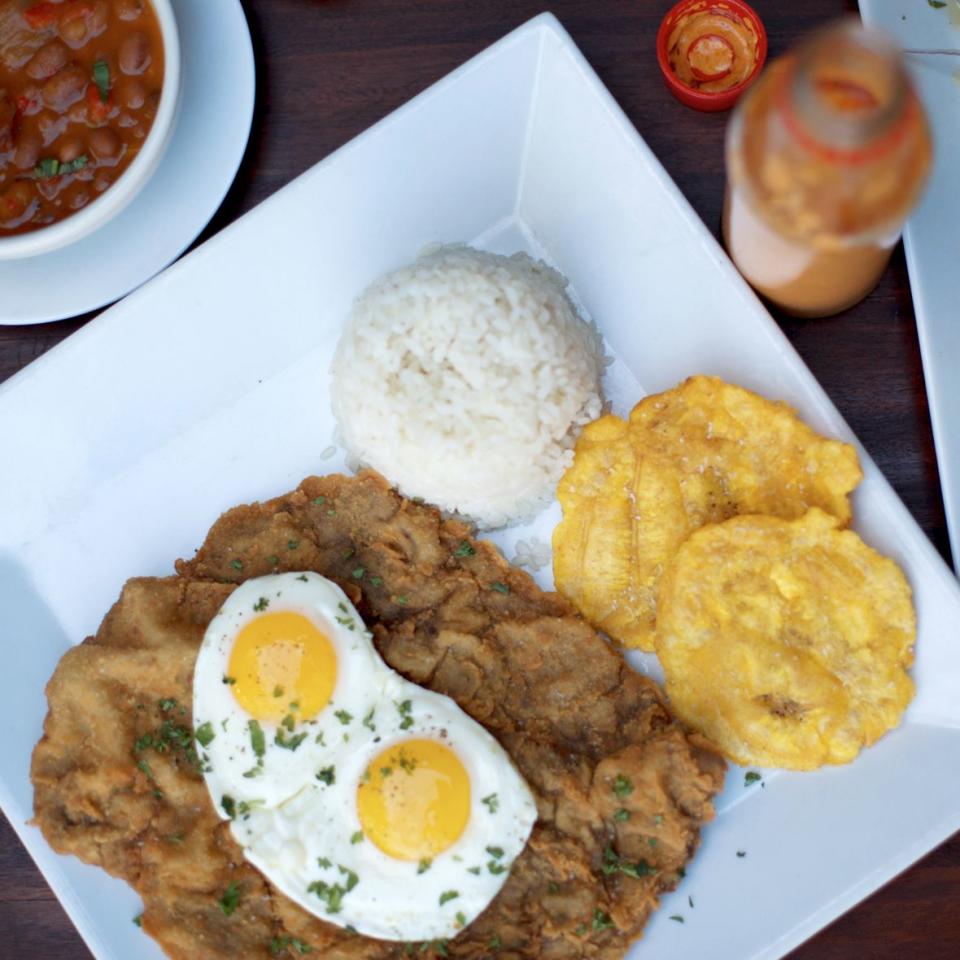
Jose Enrique
San Juan, Puerto Rico
2007-present
A house party of a restaurant that also happens to offer a mission statement about reclaiming Caribbean foodways.
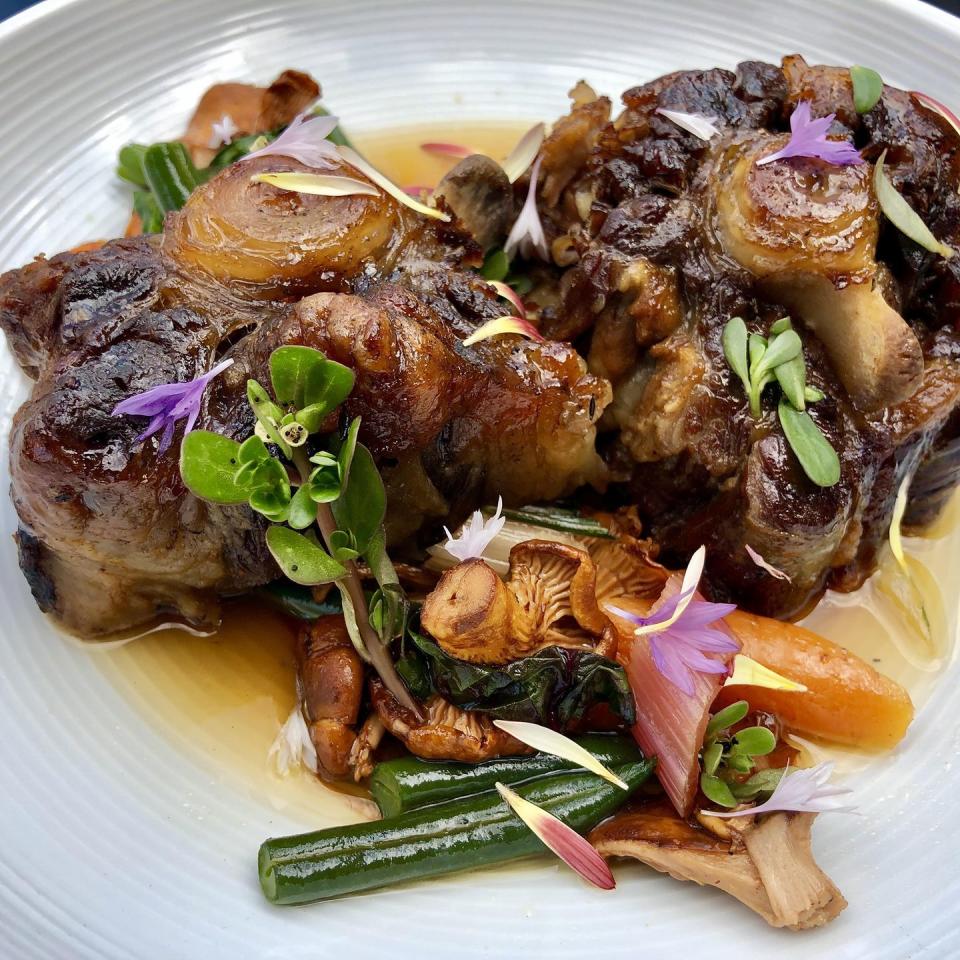
JuneBaby
Seattle
2017-present
With more and more chefs like Kwame Onwuachi, Omar Tate, JJ Johnson, Mashama Bailey, and Eric Adjepong using food to explore the history of the African diaspora, this was the restaurant that solidified chef Edouardo Jordan’s position as a leader of the movement.
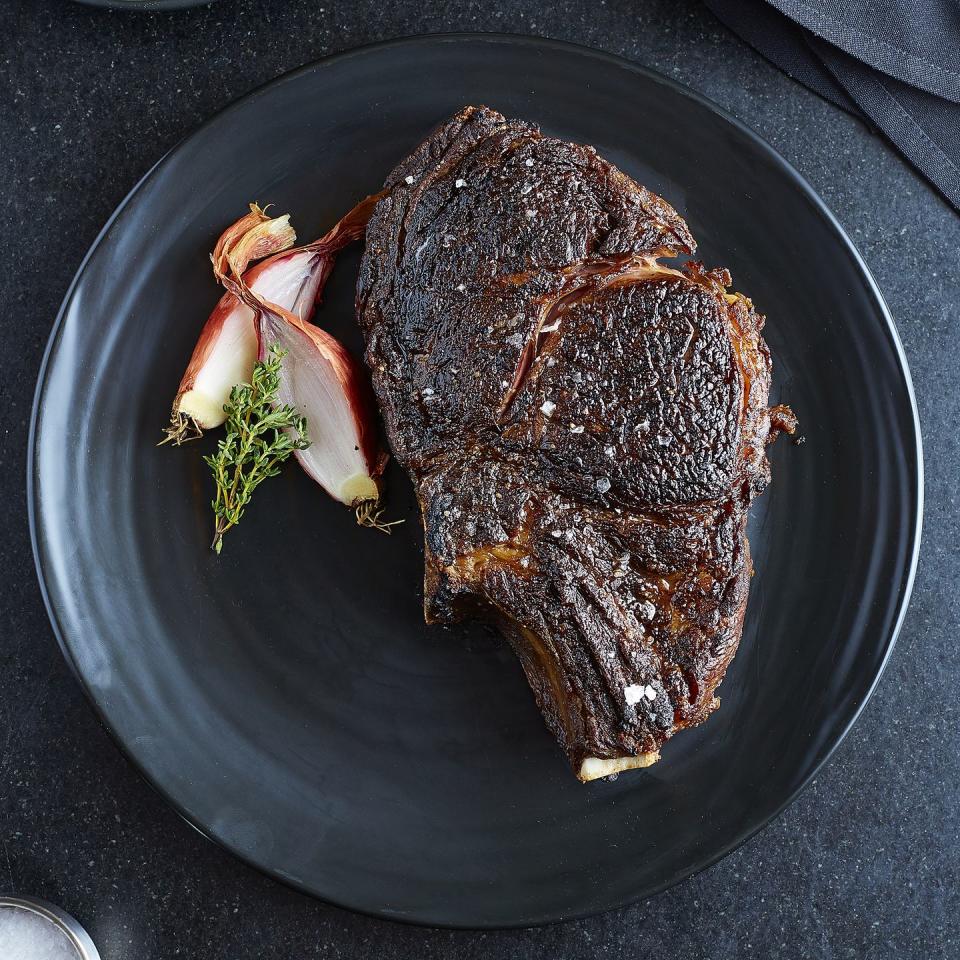
Knife
Dallas
2014-present
Just when the American steakhouse started to grow stale, John Tesar found a way to reinvent it.
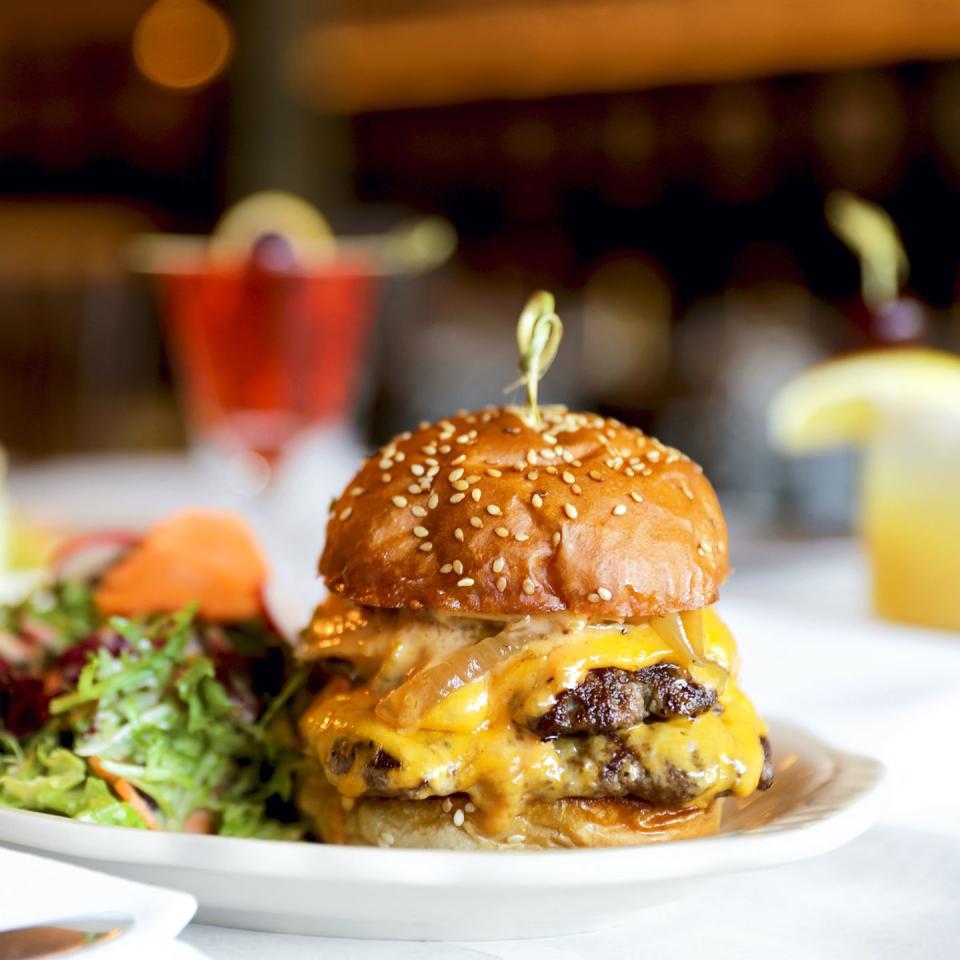
Little Jack’s Tavern
Charleston, South Carolina
2016-present
A perfect little burger. A wooden bar. Green checkered tablecloths and a crisp martini. Brooks Reitz's neighborhood spot is proof that a throwback formula can be a sublime thing when perfectly executed.
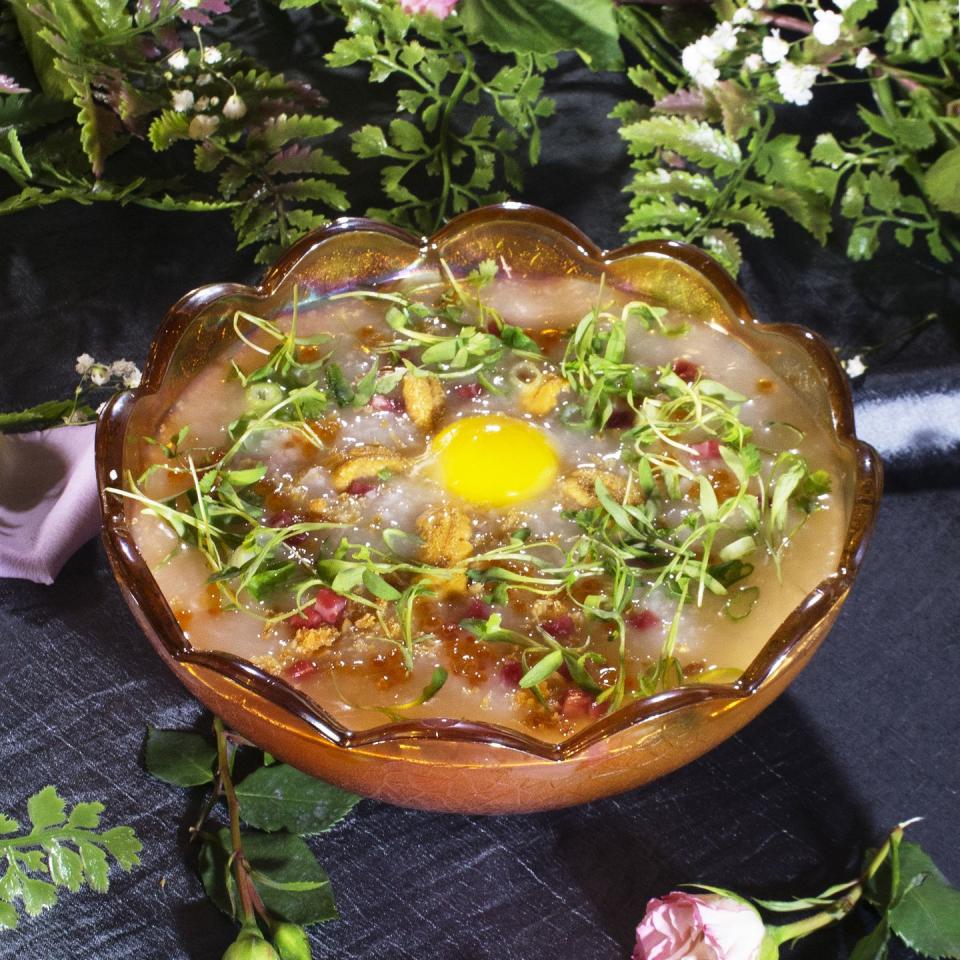
Mission Chinese Food
San Francisco, New York
2010-present
Danny Bowien’s kung pao pastrami just might be the signature dish of the whole decade.
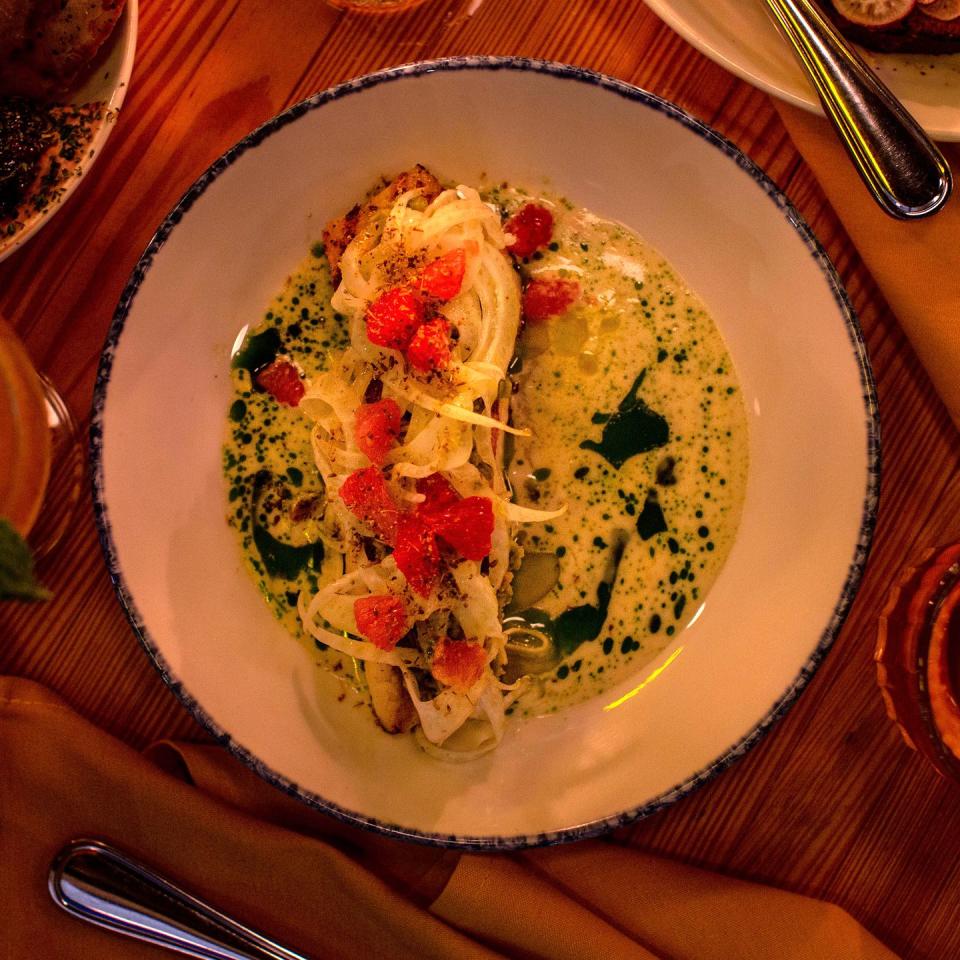
Nancy’s Hustle
Houston
2017-present
Like a truckstop that spent a gap year in Copenhagen.
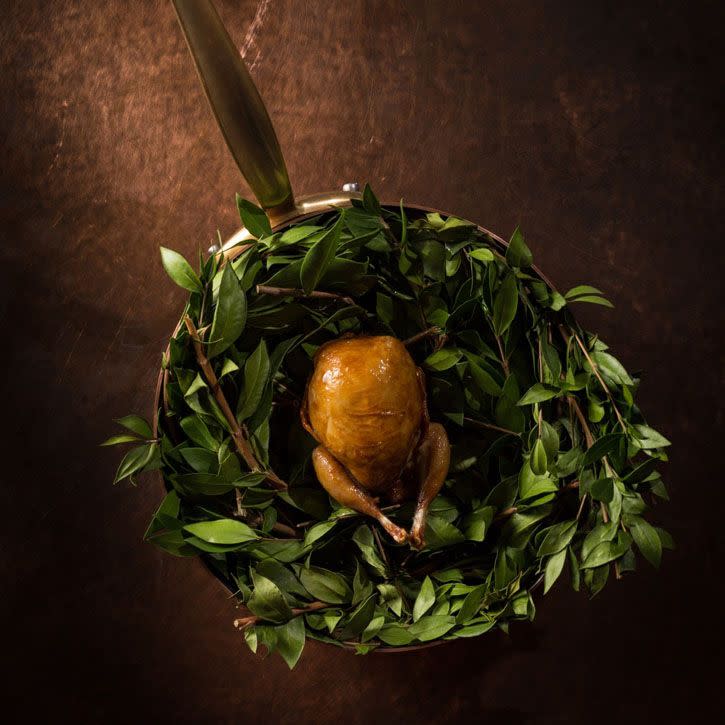
Next
Chicago
2011-present
The Grant Achatz atelier that (like Torrisi Italian Specialties in New York) made “looking back” into a creative act, and did so vigorously, by turning into a completely different restaurant every season.
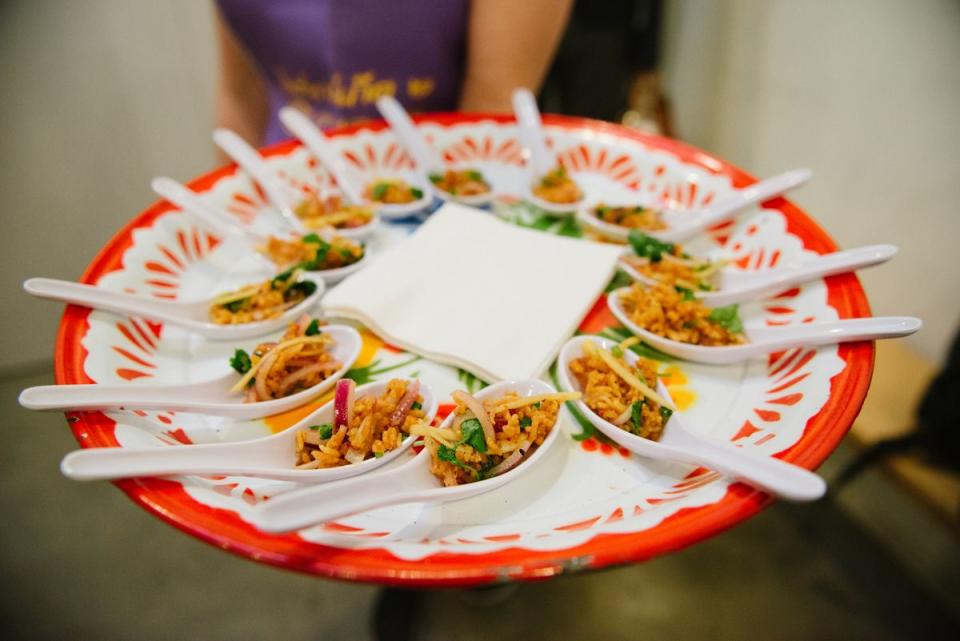
Night + Market Song
Los Angeles
2014-present
Thanks to Thai flavor bombs like crispy rice salad and fried chicken thighs and catfish "tamales" and sweet potato massaman curry, the Silver Lake branch of chef Kris Yenbamroong's mini-empire became the decade's ultimate Southern California wines-and-bites hangout.
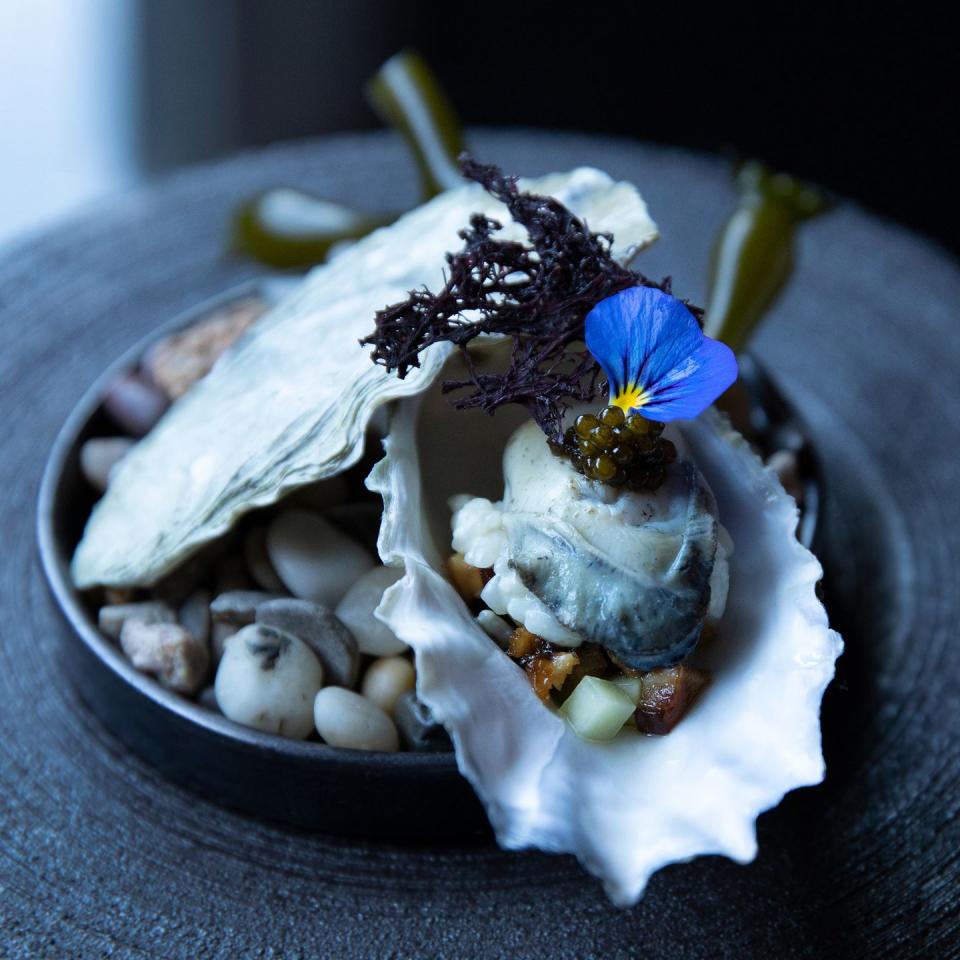
n/naka
Los Angeles
2011-present
Kaiseki as California autobiography, thanks to chef Niki Nakayama and partner Carole Iida.
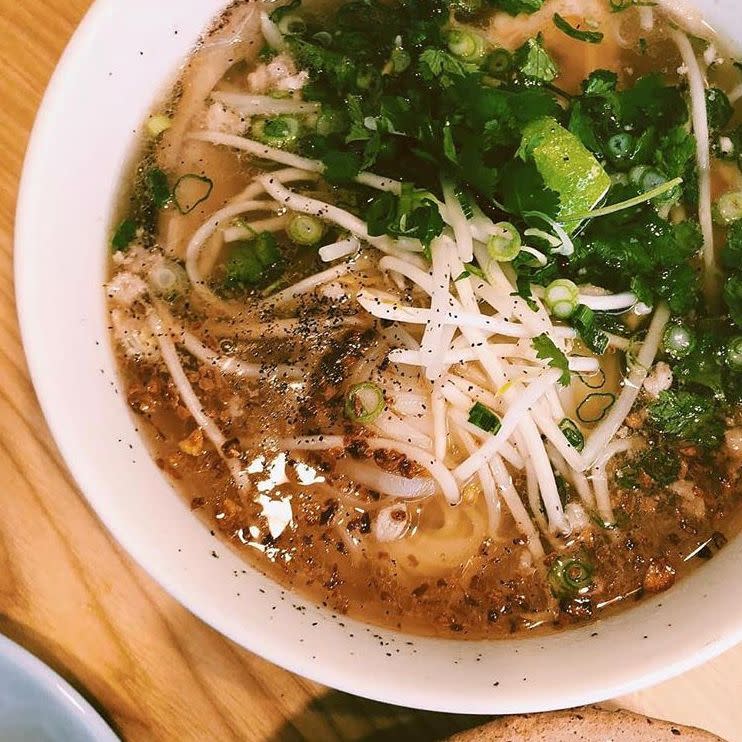
Nyum Bai
Oakland, California
2014-present
Nite Yun’s joyous but painstaking revival of Cambodian recipes that were thought to have been lost.
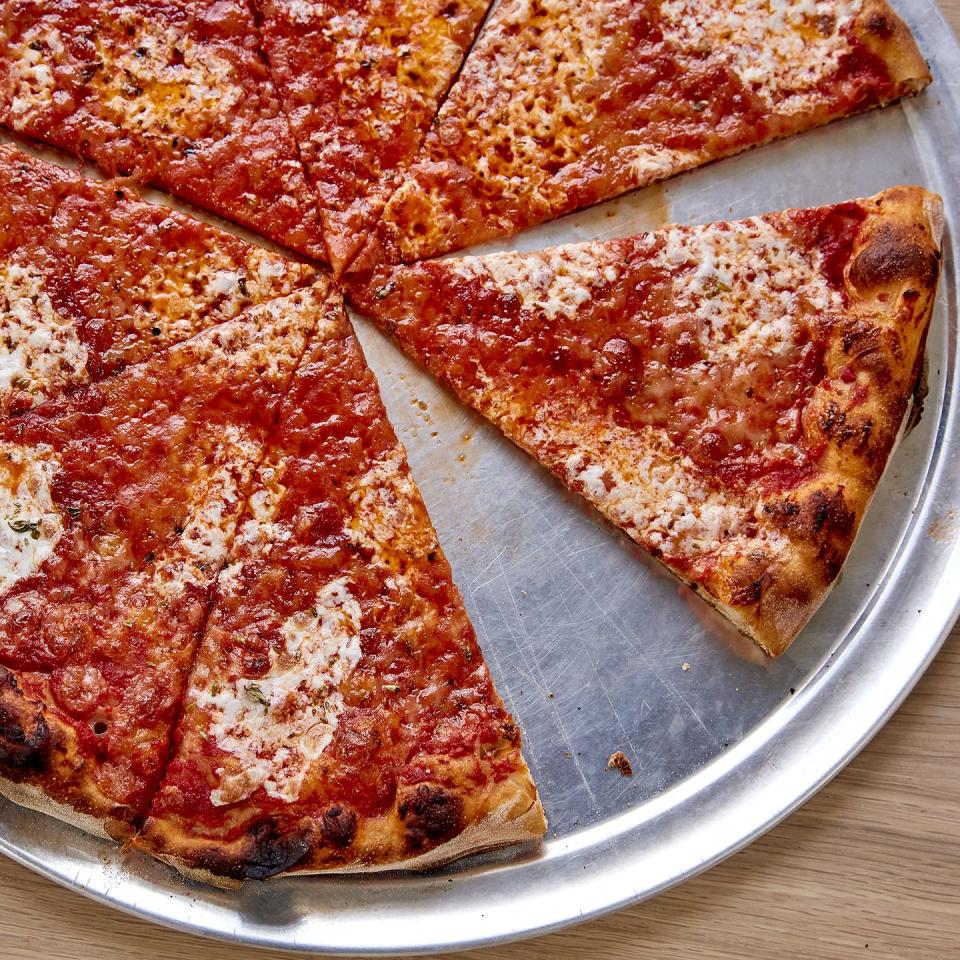
Pizzeria Beddia
Philadelphia
2019-present
The restaurant that reminded us, thanks to chef Joe Beddia, that trailblazing cuisine could arise from little more than cheese and dough.
Saison
San Francisco
2012-present
Ingredient-worship as a spiritual practice.
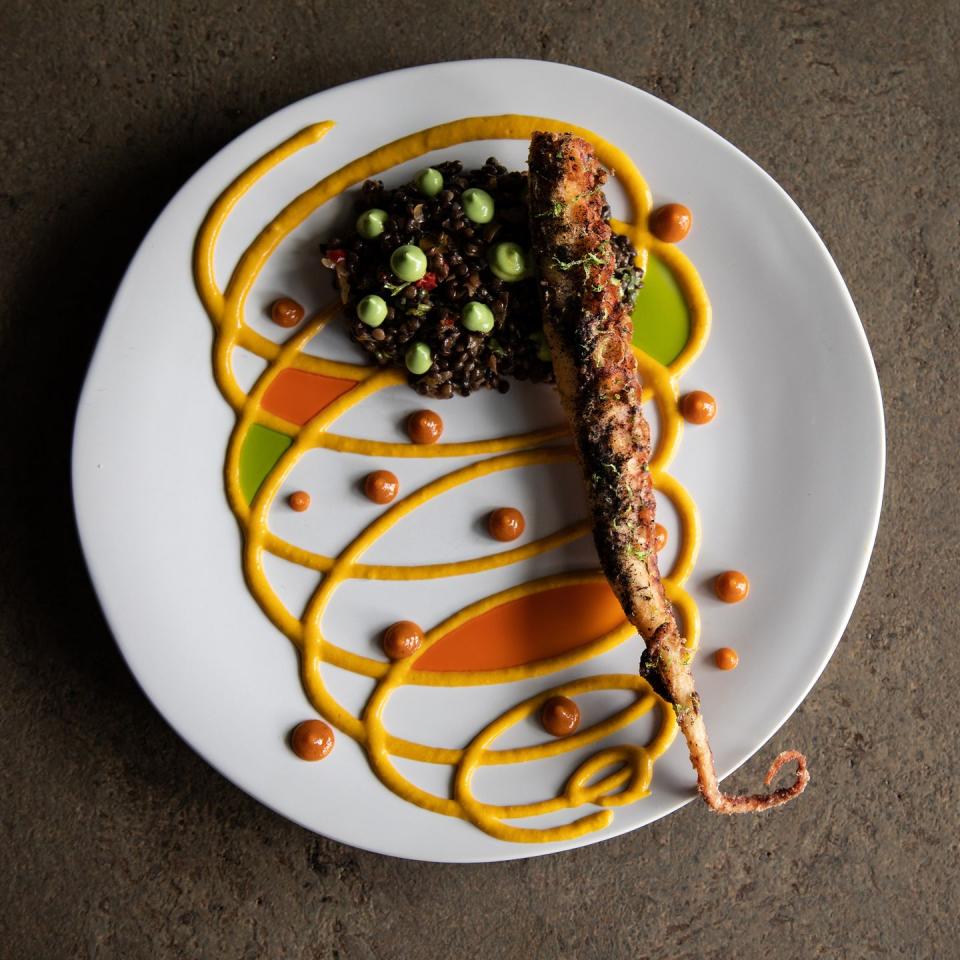
Seven Reasons
Washington D.C.
2019-present
A decade-ending triumph, with Venezuelan chef Enrique Limardo’s cooking serving as a meal-length tribute to Latin American spirit.
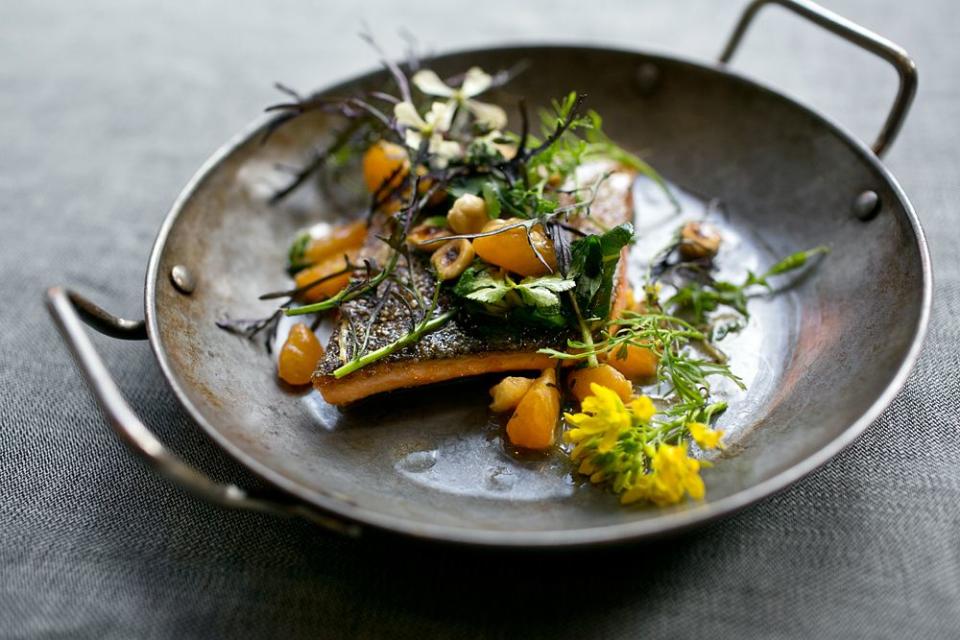
State Bird Provisions
San Francisco
2012-present
Creative California cooking served dim sum style, which is, at the end of the day, the best way to dine for maximum fun and adventure.
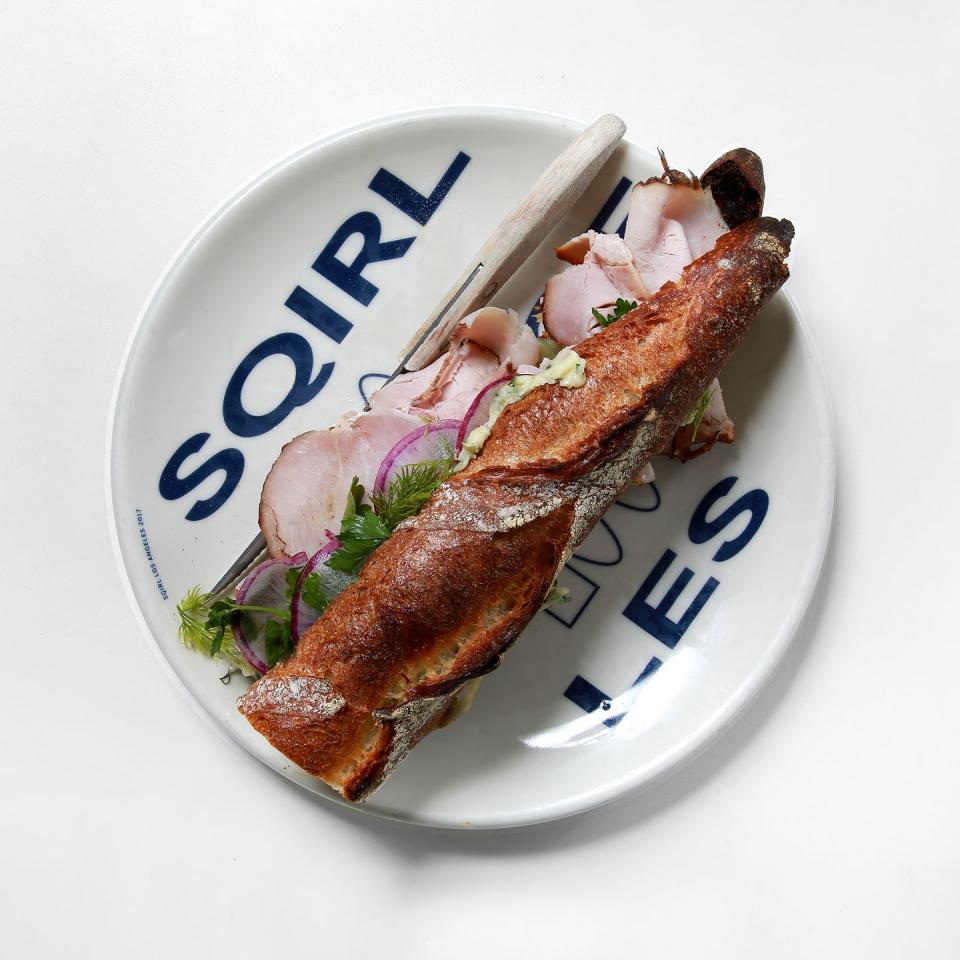
Sqirl
Los Angeles
2011-present
The restaurant that taught us, thanks to chef Jessica Koslow, that trailblazing cuisine might be found in a bowl of rice or a jam-smeared slab of toast before noon.
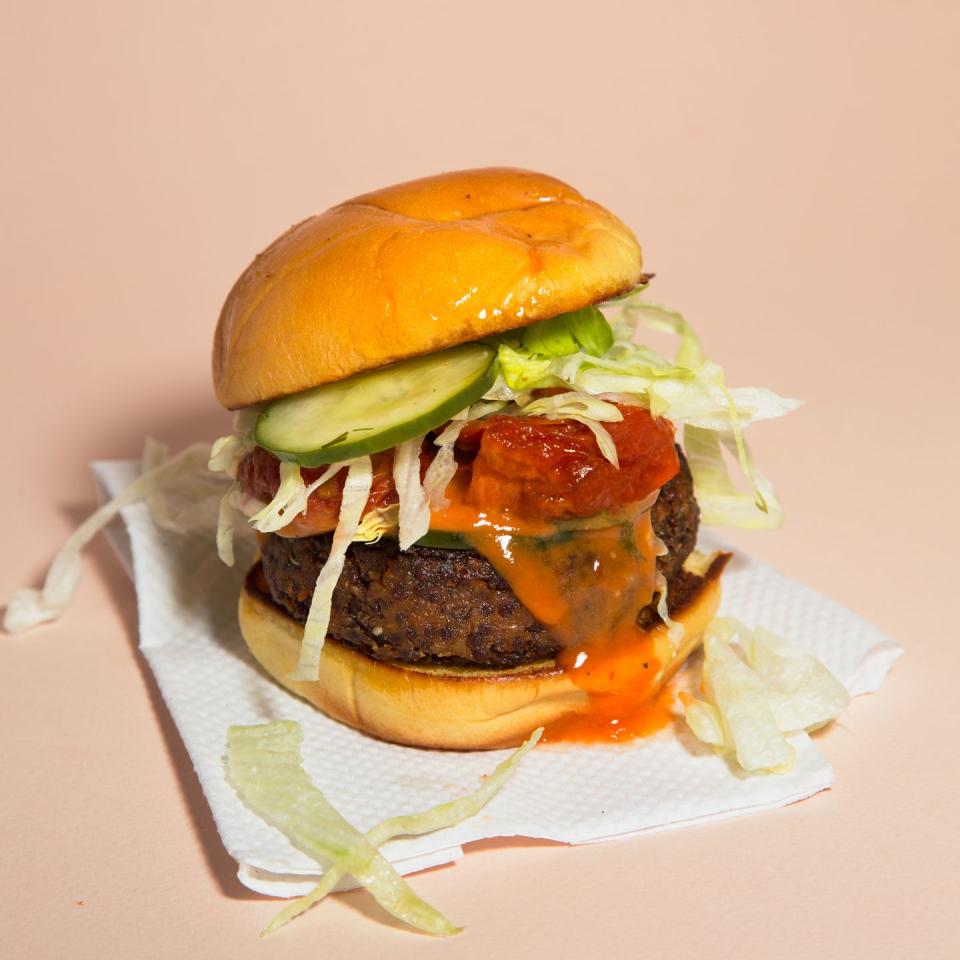
Superiority Burger
New York
2015-present
Along with chef Tal Ronnen’s Crossroads Kitchen in Los Angeles, chef Brooks Headley has reanimated the argument that eating vegetarian can be cool.
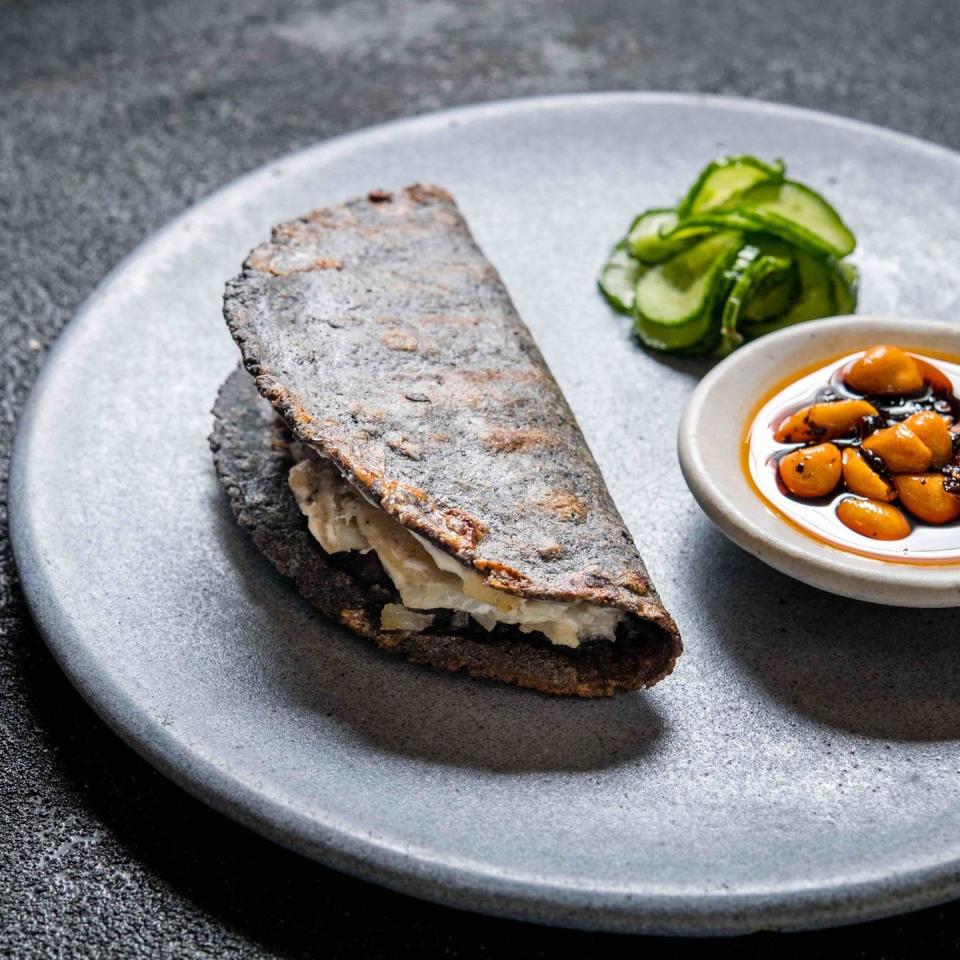
Taco Maria
Orange County, California
2013-present
Carlos Salgado’s mecca of Mexican cuisine is both disarmingly approachable (it’s in a shopping mall!) and dizzyingly innovative.
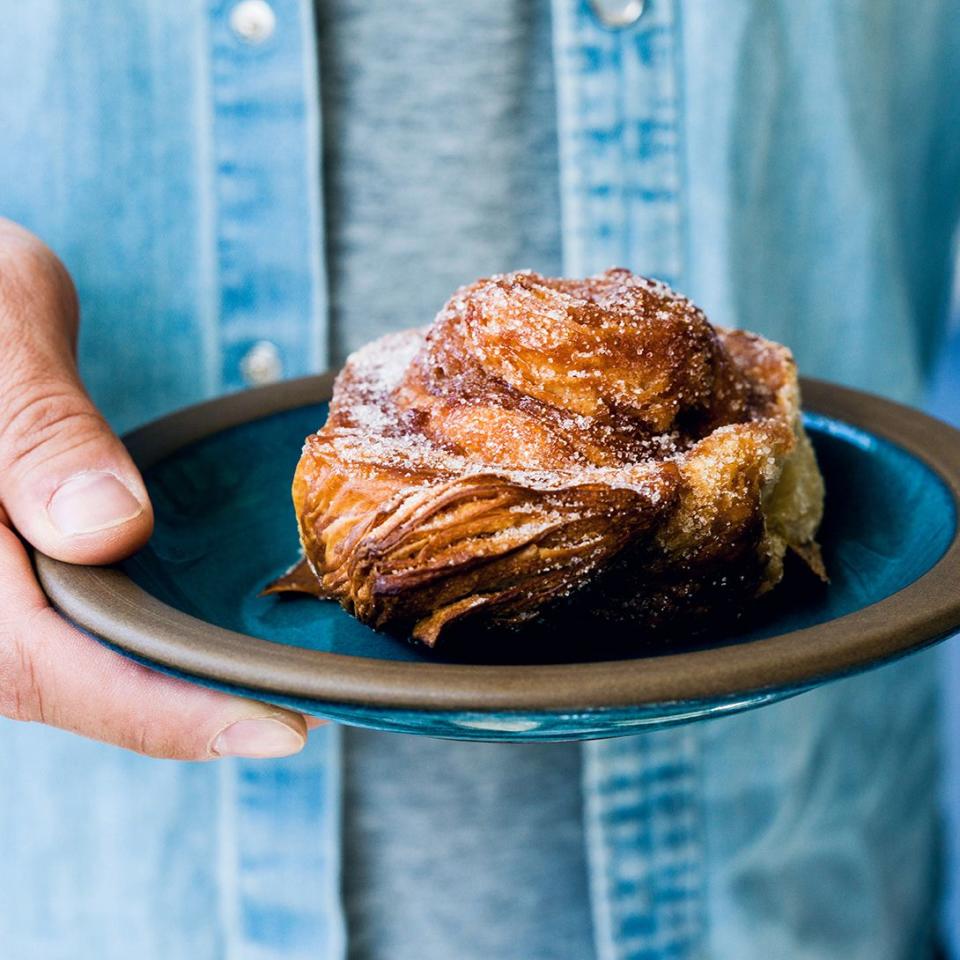
Tartine Manufactory
San Francisco
2016-2019
The heavyweight champion of all-day cafés.
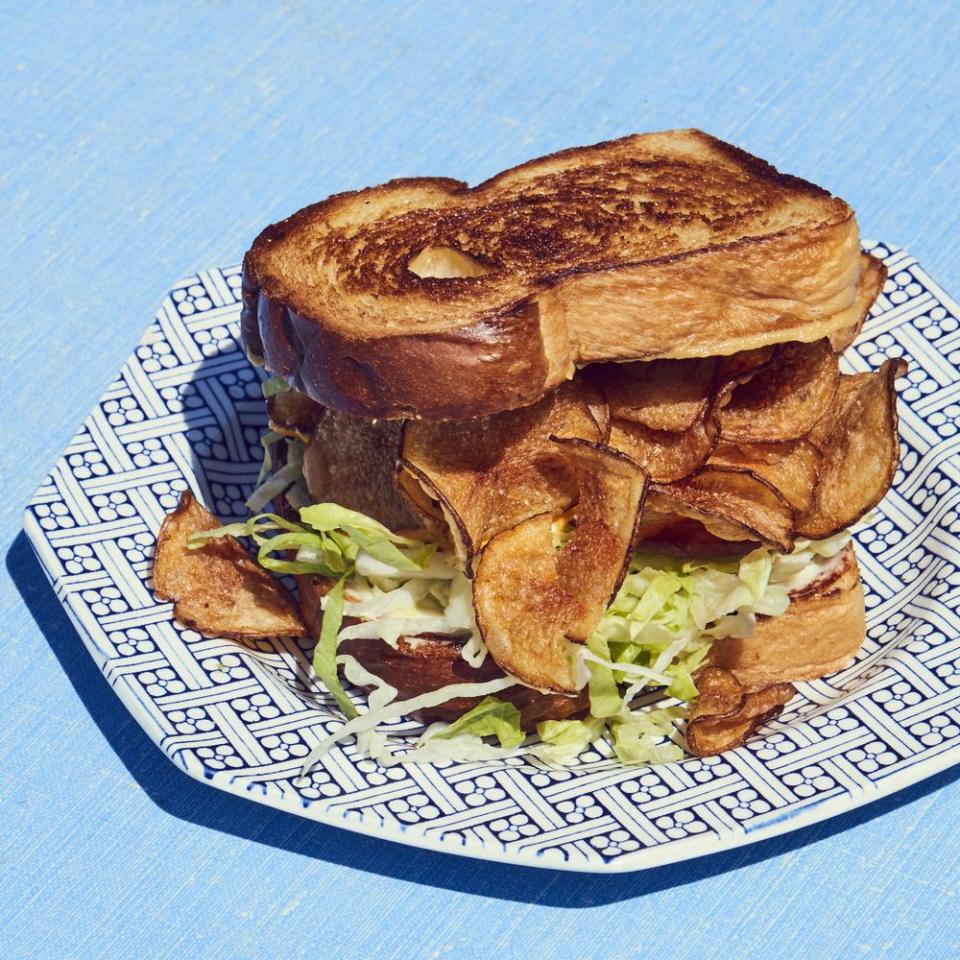
Turkey & The Wolf
New Orleans
2016-present
Because in the end, what you really want is a sandwich.
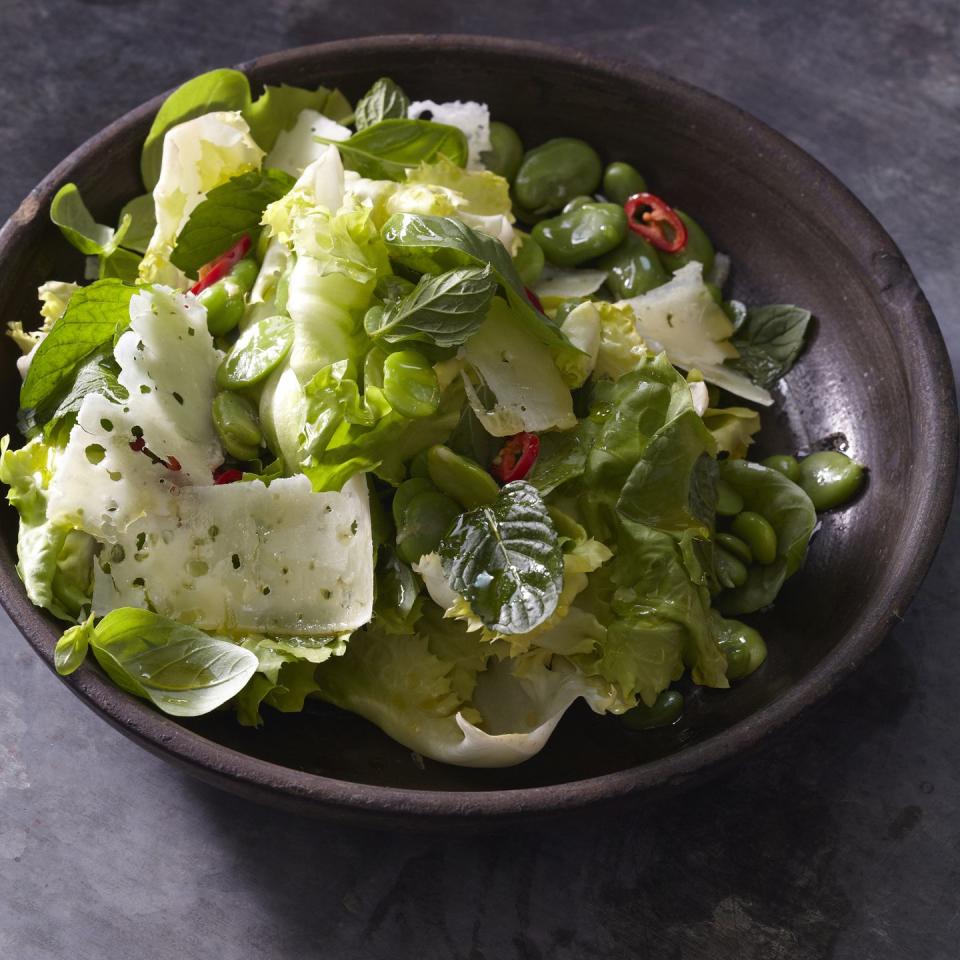
Via Carota
New York
2014-present
Downtown Manhattan’s unofficial clubhouse, with an abundance of perfect pasta and an absence of snobbery.
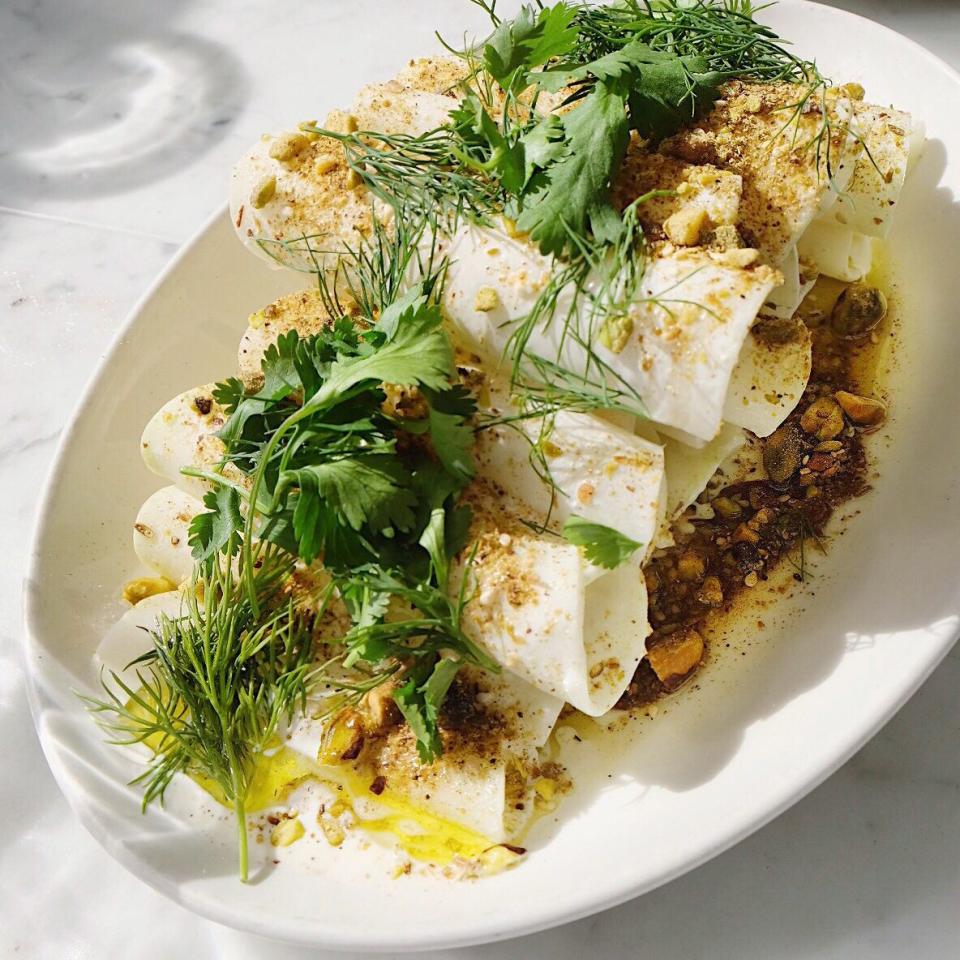
The Walrus & the Carpenter
Seattle
2010-present
Oyster counters abound these days; this one, from chef Renee Erickson, remains the gold standard.
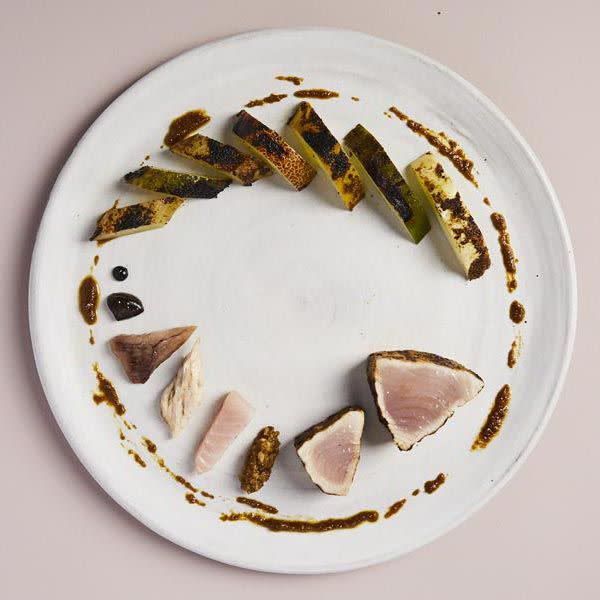
Willows Inn
Lummi Island, Washington
2010-present
Foraged foods and fresh fish, clams, oysters, and scallops make the Willow Inn well worth the ferry trip to its island. The overnight stay, too.
You Might Also Like

